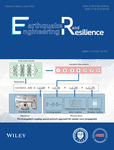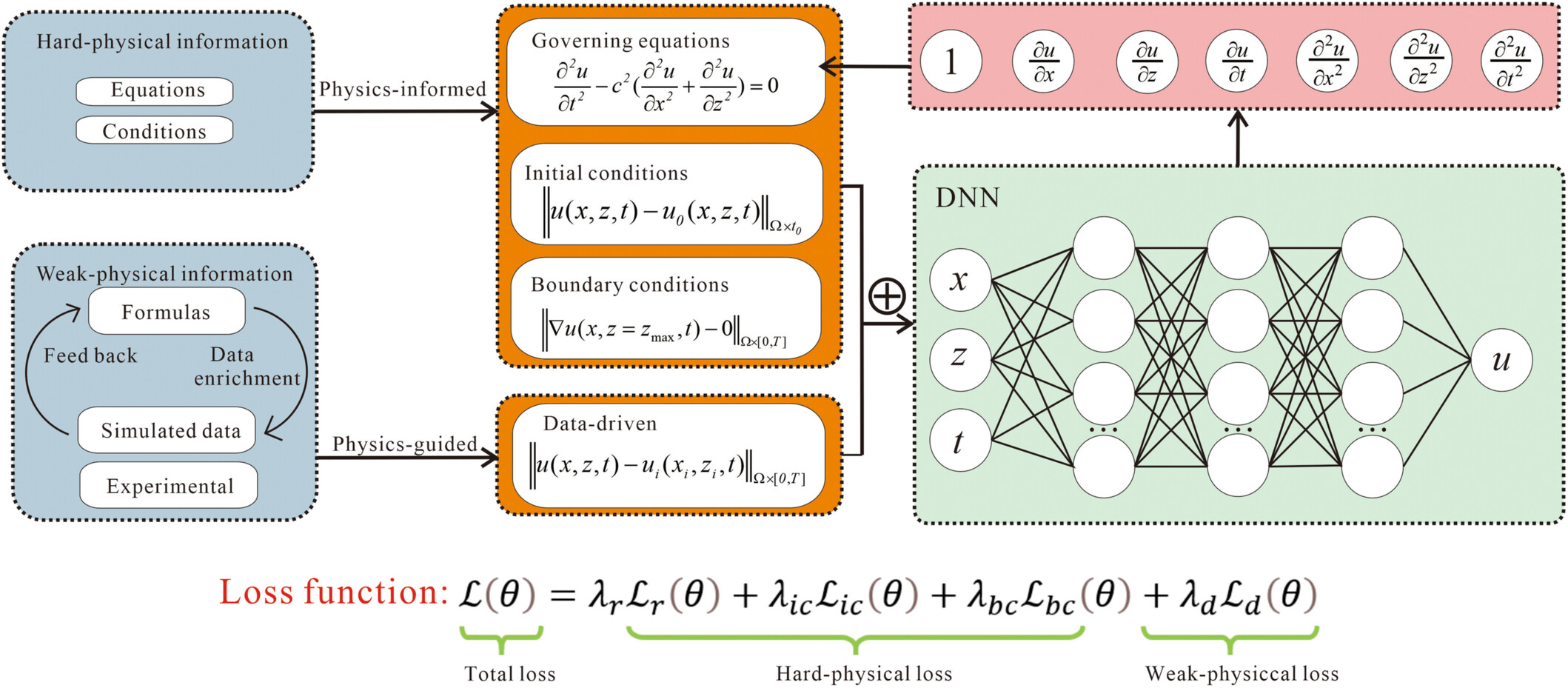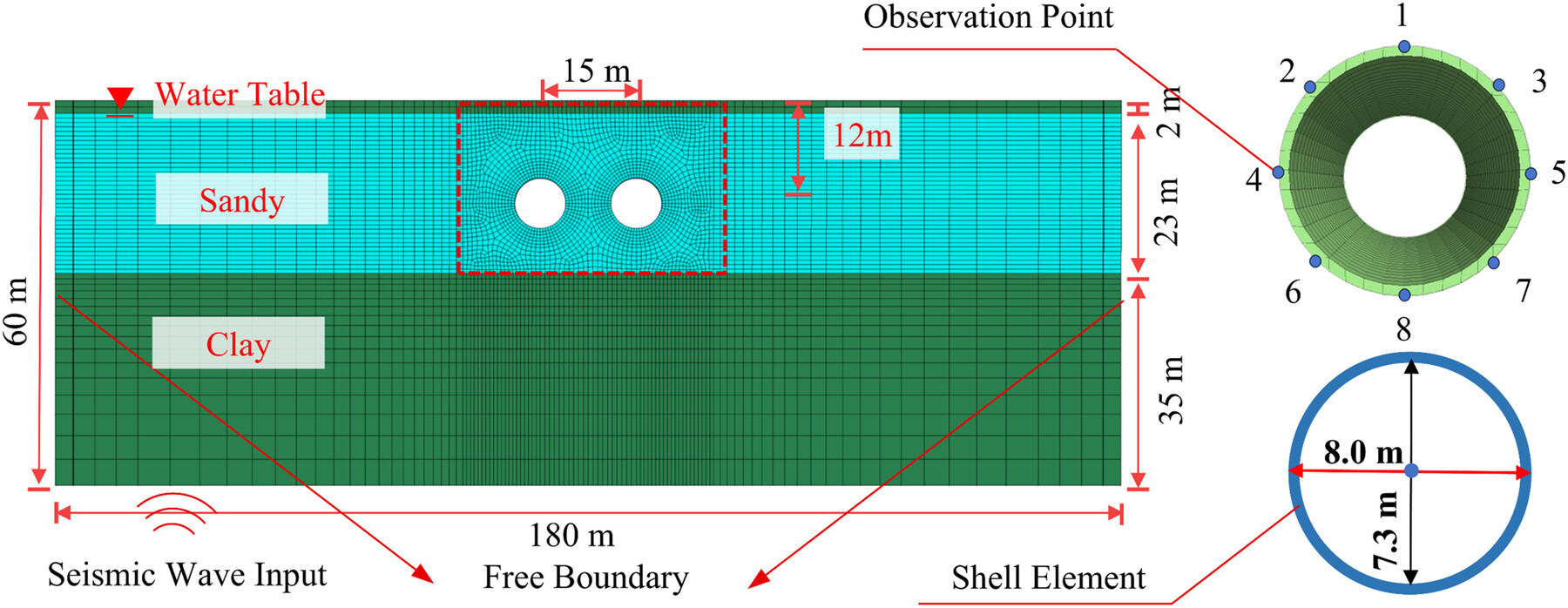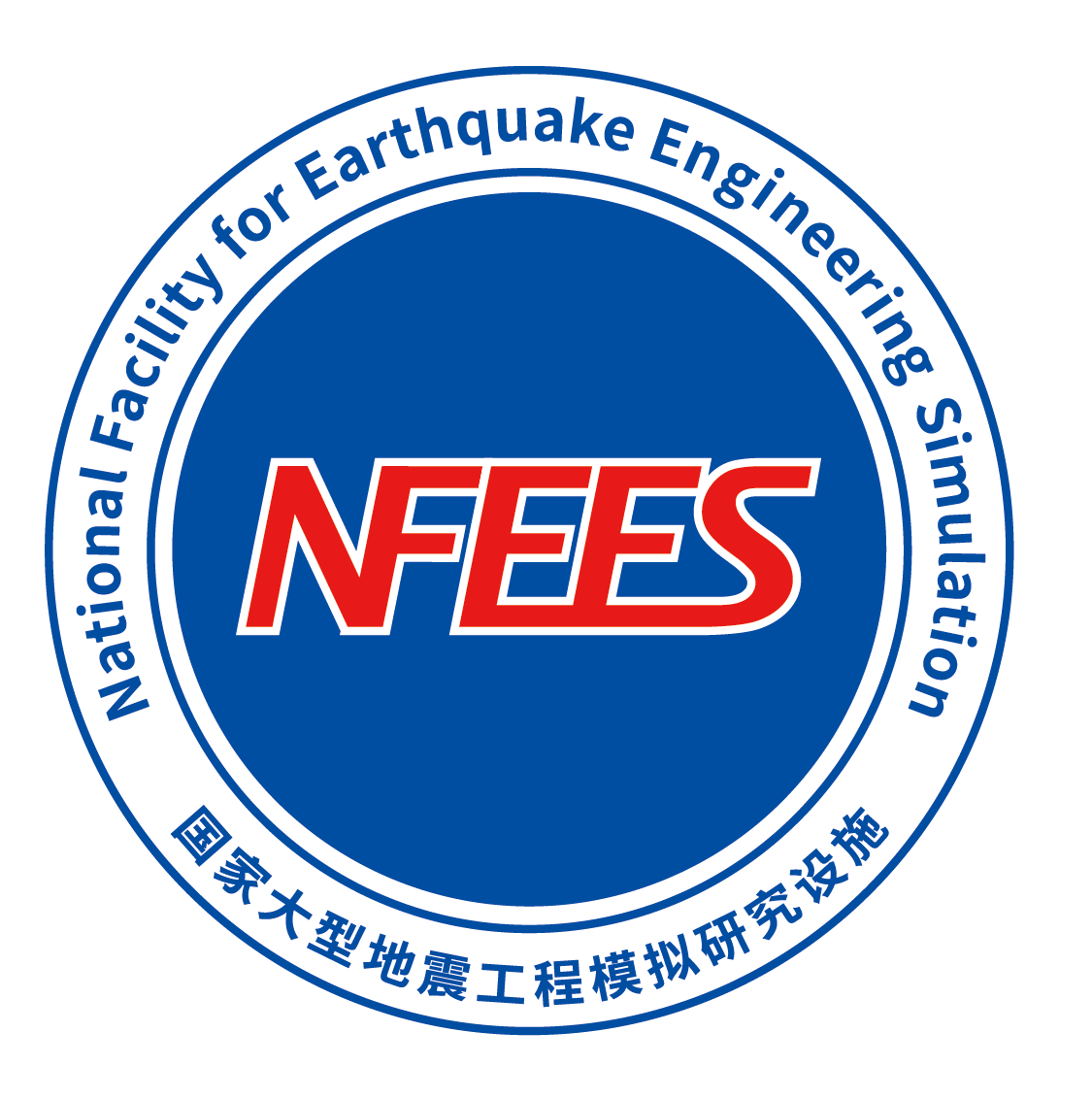Journal list menu
Export Citations
Download PDFs
ISSUE INFORMATION
RESEARCH ARTICLE
Physical-Guided Coupling Neural Network Approach for Seismic Wave Propagation
- Pages: 167-177
- First Published: 17 June 2025
Enhanced Seismic Ground Motion Modeling With Conditional Variational Autoencoder
- Pages: 178-201
- First Published: 17 June 2025
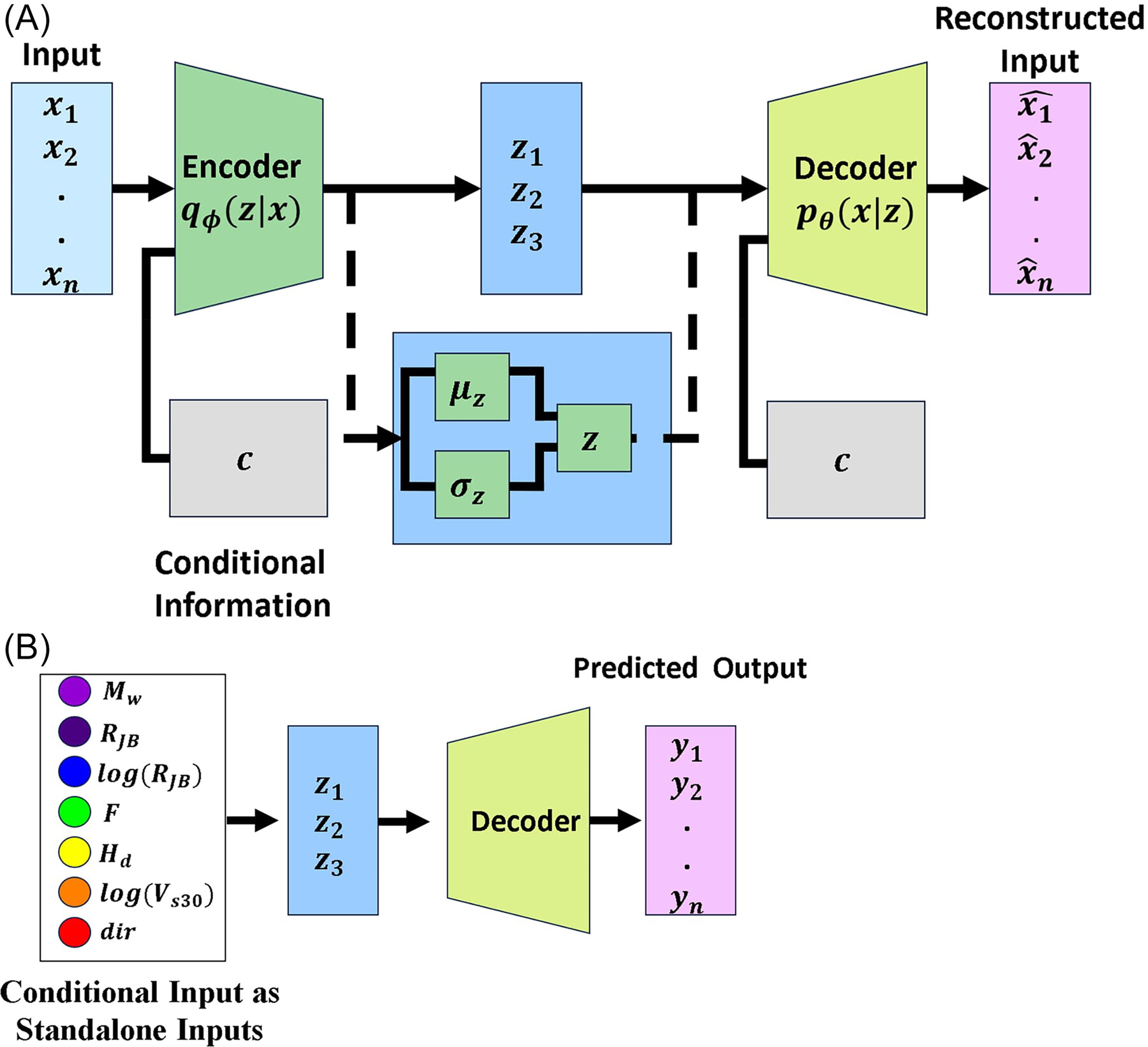
The current research focuses on creating a Conditional Variational Autoencoder (CVAE) designed for encoding and reconstructing 5% damped spectral acceleration (). Unlike conventional approaches of CVAE, this model integrates site-specific parameters related to the characteristics of the seismic source, propagation path, and site conditions, utilizing them as conditional inputs through the bottleneck layer. The model is trained on an extensive data set comprising 23,929 ground-motion records from both horizontal and vertical directions, sourced from 325 shallow-crustal events in the updated NGA-West2 database. The input parameters encompass moment magnitude (), Joyner–Boore distance (), fault mechanism (), hypocentral depth (), average shear-wave velocity up to 30 m depth (), and the direction of ().
Numerical Investigation Into Effect of Canyon Terrain Boundaries on the Seismic Response of Deep-Water Bridge Piers
- Pages: 202-214
- First Published: 17 June 2025
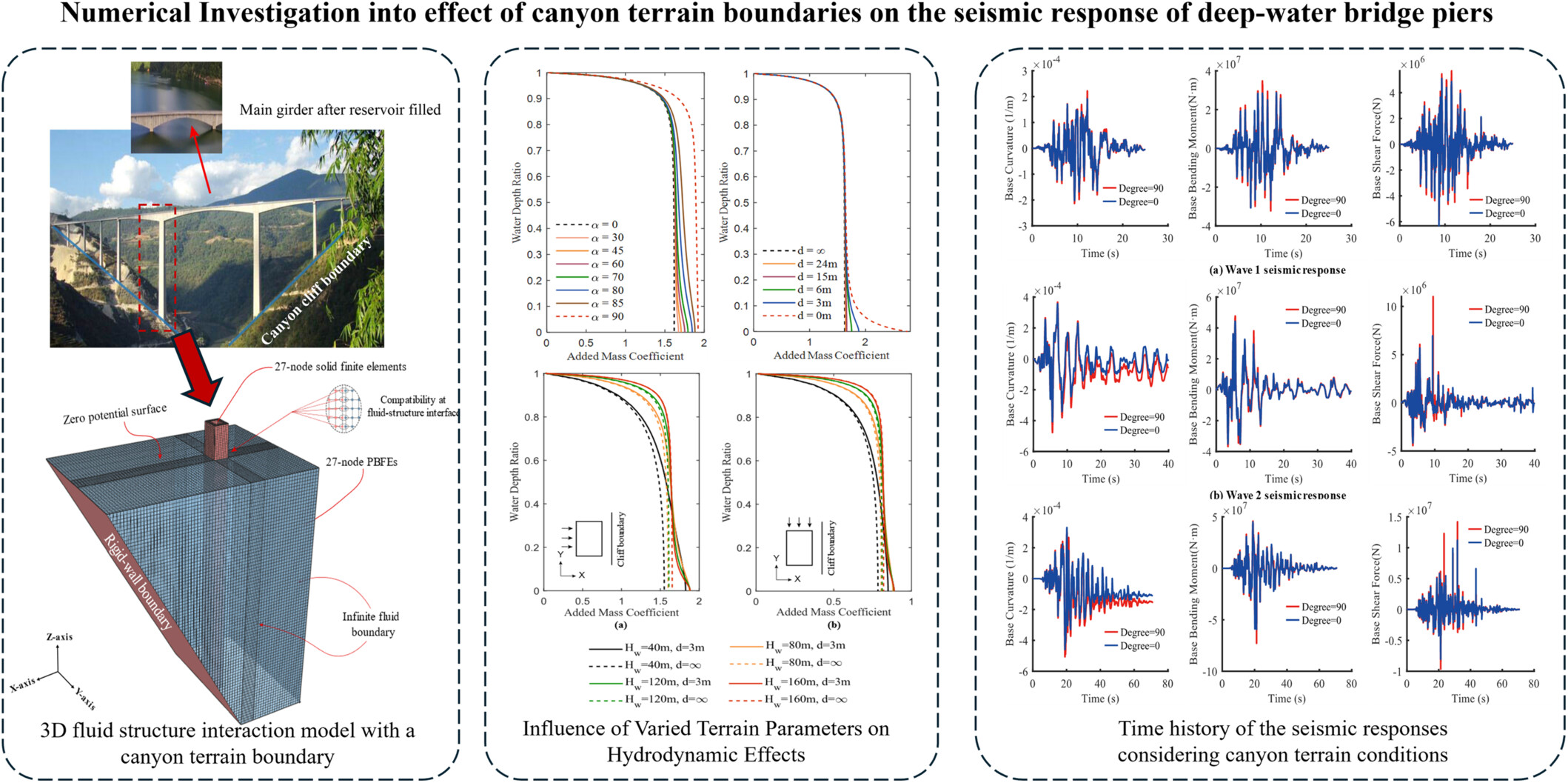
The paper investigated the influence of canyon terrain boundaries on the adjacent deep reservoir bridge pier. The results highlight the critical importance of considering the effects of adjacent rigid canyon boundaries when estimating the hydrodynamic behavior and seismic response of deep-water bridge foundations in mountainous aquatic regions.
Generation of Response Spectrum Compatible Records Satisfying a Minimum Power Spectral Density Function
- Pages: 215-228
- First Published: 17 June 2025
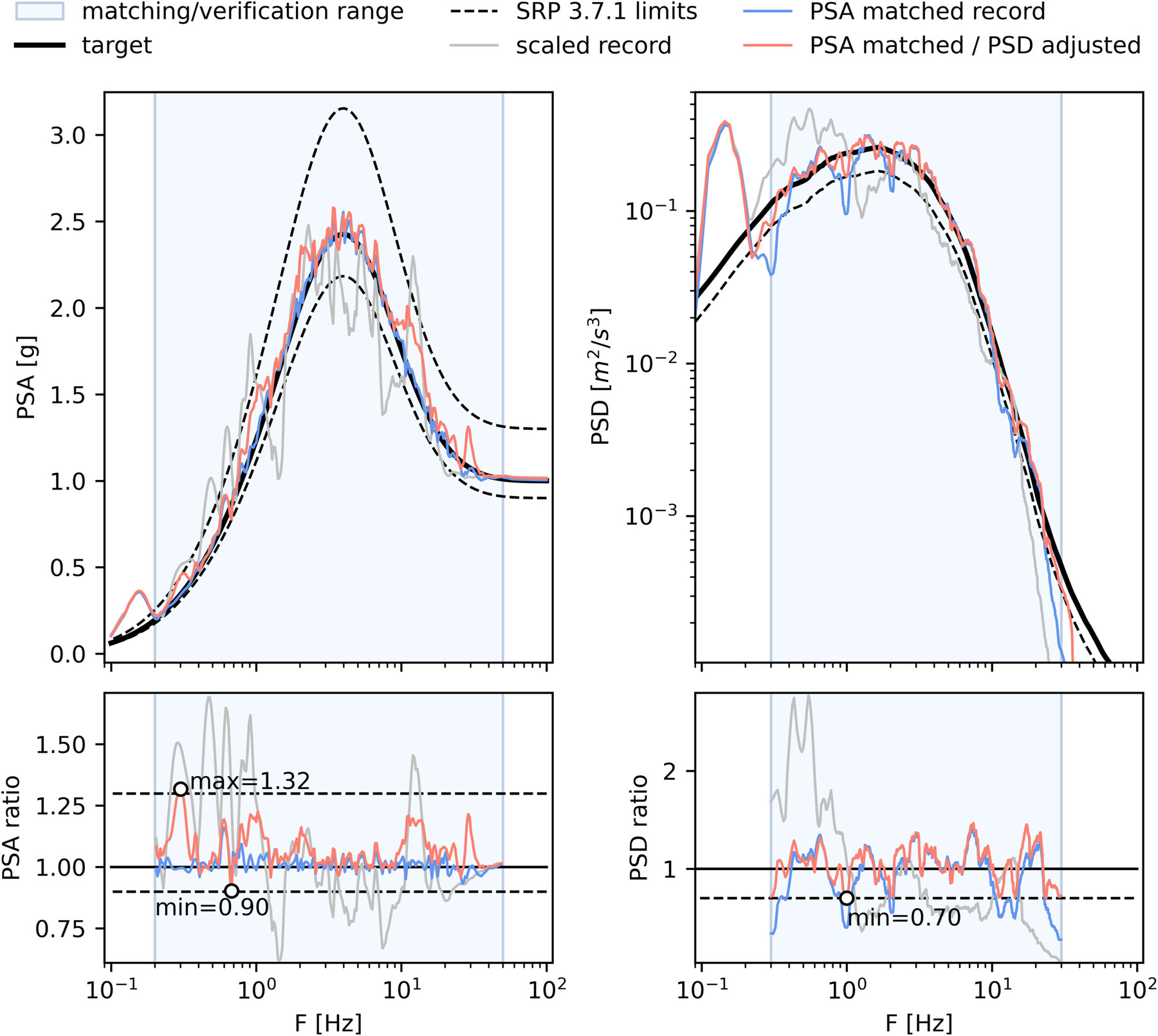
The United States Nuclear Regulatory Commission (US-NRC) mandates that the input motions used for seismic assessments of safety-related nuclear structures must closely match the design response spectrum and adhere to minimum power spectral density (PSD) levels. However, existing spectral matching techniques primarily focus only on matching the design response spectrum. This article proposes an algorithm that generates ground motion records that fulfill both criteria: matching the target spectrum and satisfying the minimum PSD requirement. A Python implementation of this algorithm is also available.
Parameters Influencing Seismic Resilience of Self-Centering Concrete Bridge Piers
- Pages: 229-253
- First Published: 30 June 2025
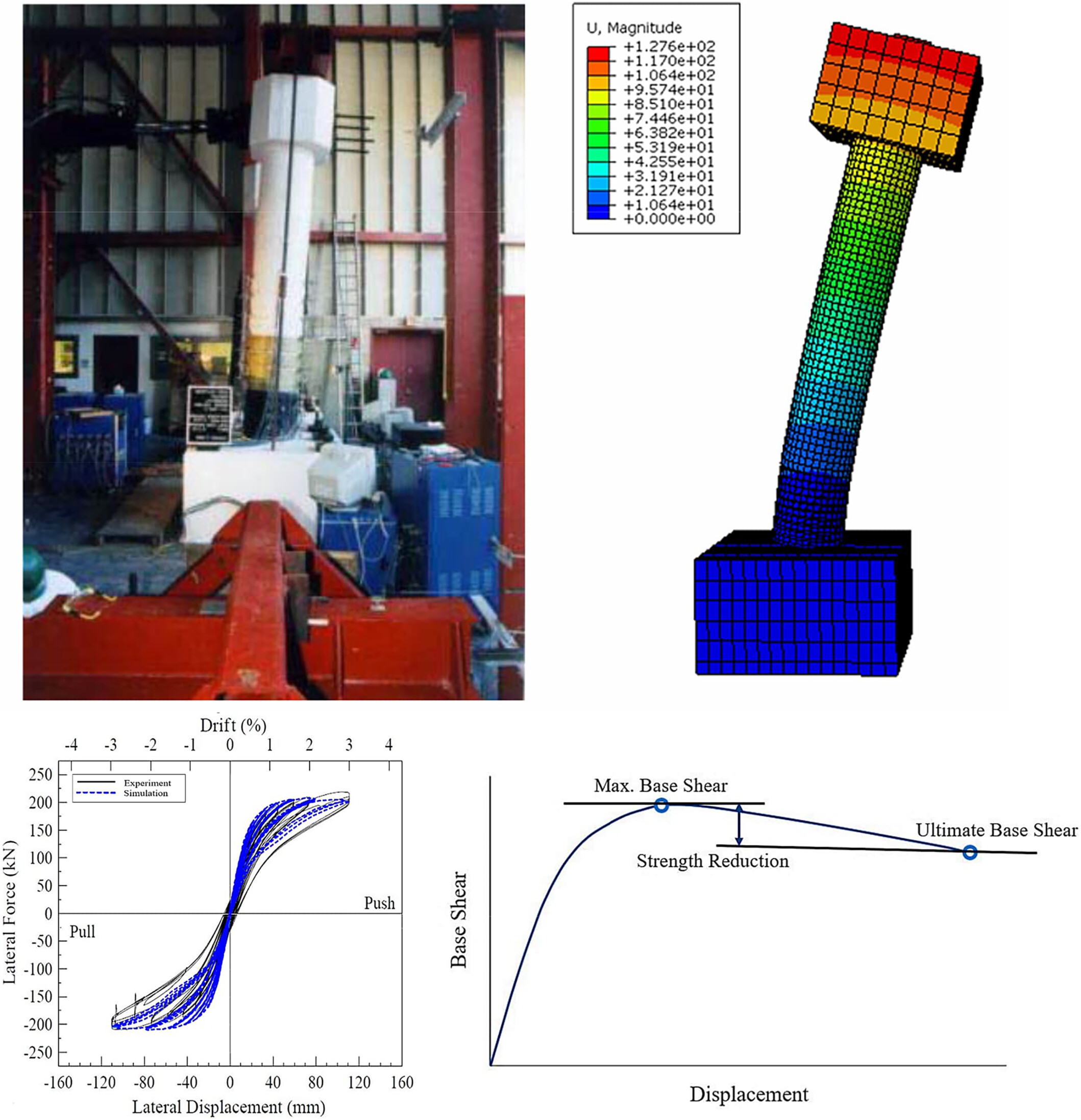
The optimum combination of the parameters that affect seismic behavior of self-centering concrete bridge piers is evaluated in this study using FE and factorial analysis. The evaluated design parameters of the bridge piers ensure minimum strength degradation and enhance seismic resilience of the structure.
Enhancing the Mechanical Performance of Laminated Silicone Bearings With Fumed Silica and Selected Primers
- Pages: 254-265
- First Published: 27 June 2025
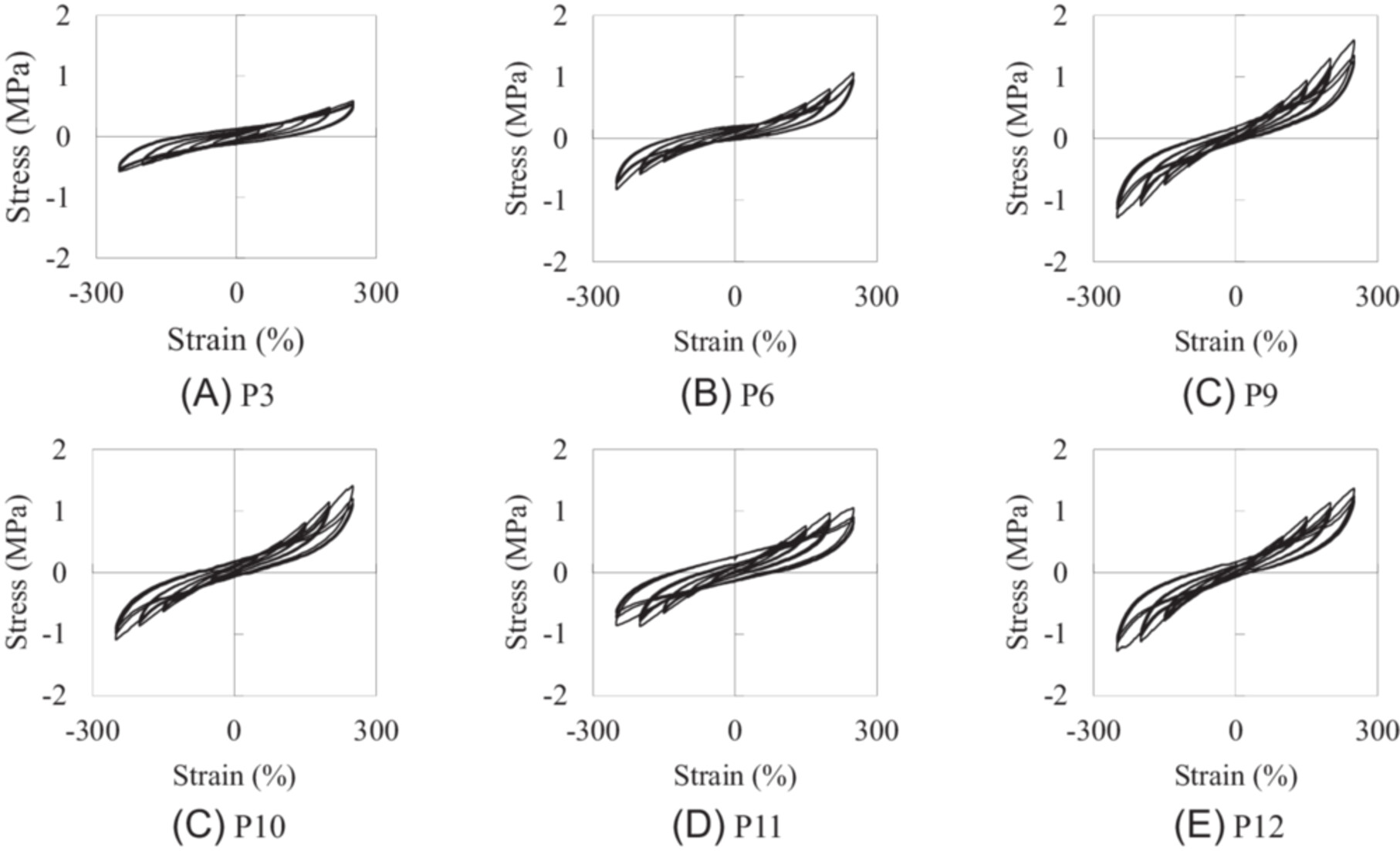
This manuscript investigates the potential of silicone elastomers, modified with fumed silica fillers and primers, to address critical challenges in seismic isolation bearings, including durability, stiffness, and interlayer adhesion. Our findings demonstrate significant enhancements in mechanical properties, such as increased hardness and bond strength, and validate the performance of laminated bearing prototypes under quasi-static shear conditions.
Numerical Simulation Study on the Seismic Response of Shield Tunnels in Liquefiable Interlayer Site
- Pages: 266-278
- First Published: 27 June 2025
Numerical Study on the Influence of Web Corrugation Geometry on Cyclic Performance of Link Beams in Eccentric Braced Frames
- Pages: 279-297
- First Published: 30 June 2025
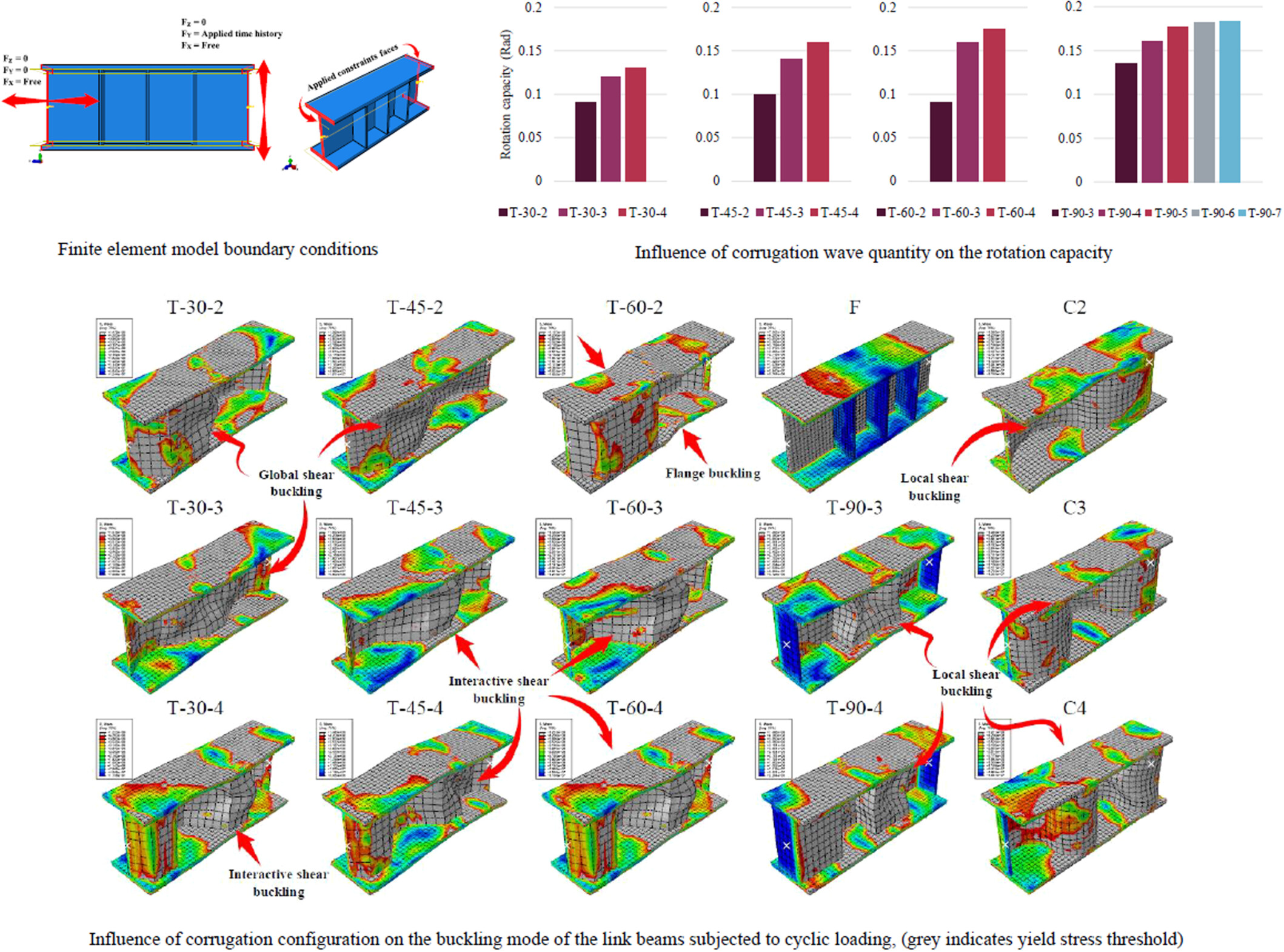
The study considers a variety of sinusoidal and trapezoidal corrugations. Furthermore, a wide assessment and a comparative study of the effect of the wave number and wave angle on the response parameters and most importantly the equivalent viscous damping under both monotonic and cyclic loadings was conducted.




